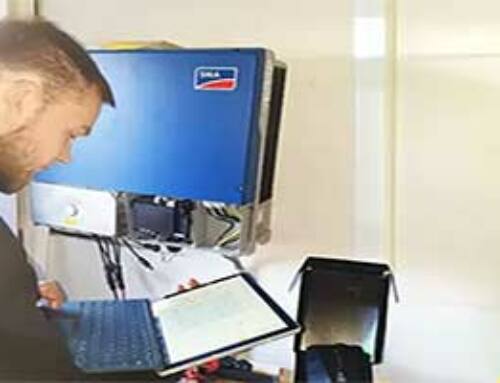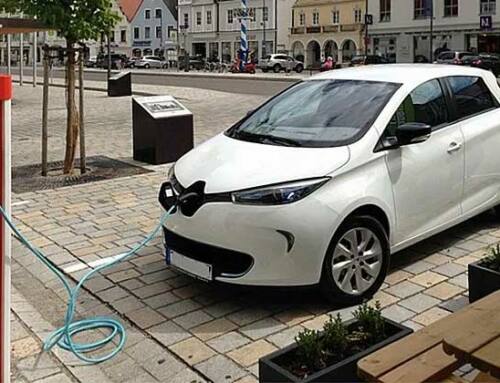Solar PV has established itself as a technology that is mature, bankable, and financially feasible.
It went from a very expensive technology that only environmentally conscious people or people in remote places installed to a mainstream technology that is cost-competitive to fossil fuels and supplies a high percentage of electricity in certain countries.
It also established itself as a bankable investment.
That means an asset that maintains its value over time.
Due to recent price developments, it became a financially feasible option for electricity generation, that is cost competitive with other technologies.
All this has caused unprecedented growth in Solar PV in the last decade.
Let’s look at pricing – an aspect that makes the world go round (more than it should)

Citation: Martin A. Green (2019): How Did Solar Cells Get So Cheap?, Joule, Volume 3, Issue 3, 2019, Pages 631-633 ,ISSN 2542-4351, https://doi.org/10.1016/j.joule.2019.02.010
This is the famous price decrease curve of solar PV.
Prices have decreased in excess of a factor of 20 – ignoring inflation, in the last 12 years.
Prices decreased from 4.12 US Dollars per watt, down to 19 US cents per Watt.

https://insideclimatenews.org/news/10062021/inside-clean-energy-solar-panel-prices-nuclear-microgrids/
However, the price of solar PV has gone up in the last three years, since 2020. This was due to:
1. price increases in raw materials
2. and increases in transportation costs
3. Increased demand.
Pricing has moved up to USD 0.25/Wp and higher – material cost, demand, and transport cost increases: The higher shipping costs have been sparked by a combination of factors, including soaring demand amid stimulus checks, saturated ports, and too few ships, dockworkers and truckers.
Demand has been driven by soaring energy prices in Europe due to the war in Ukraine, and the Energy crises in South Africa, where they experience up to 12 hours of power failures each day.

But this year, 2023, supply has caught up with demand again, and prices are coming down, by as much as 30%. It is also being driven down by manufacturers of solar panels, competing against each other to have the lowest price.

A complete grid-tied solar system consists of various components, such as Solar PV modules, mounting systems, wires, inverters, and “balance of system” components, such as breakers and fuses.
Of all these components, solar PV modules, are the biggest cost factor.
Ten years ago, the “solar PV module component” of a solar PV system, used to dominate the total system cost, and made up 70 to 80% of the total system cost.
Today, the “solar PV component” share of the system is less than 50% of the total system cost.

These price developments of solar panels have made solar PV the cheapest form of energy generation, from 2020.
Cheaper than wind, Natural Gas, Geothermal, Coal and all other energy generation methods.
This fact will cause it to replace fossil fuels, as the price is the main driving factor in most cases.
It is truly exciting to see clean renewable energy replacing old dirty fossil fuels
It also creates a huge opportunity in the Solar PV sector as Gigawatts of solar will need to be installed.
Links and resources
Interesting links that maybe could help you to find the best Solar Online Training courses:
- Free Self-Assessment! Test your Solar Knowledge
- Link to courses
- The Solar Basic Course
- Solar Intermediate Technical Course (On-grid -100 kWp)
Follow us
- YouTube: Maxx Solar Online Academy
- Facebook: Solar Training
- Instagram: maxx_solar_academy
- LinkedIn: maxx-solar-online-academy







Leave A Comment
You must be logged in to post a comment.